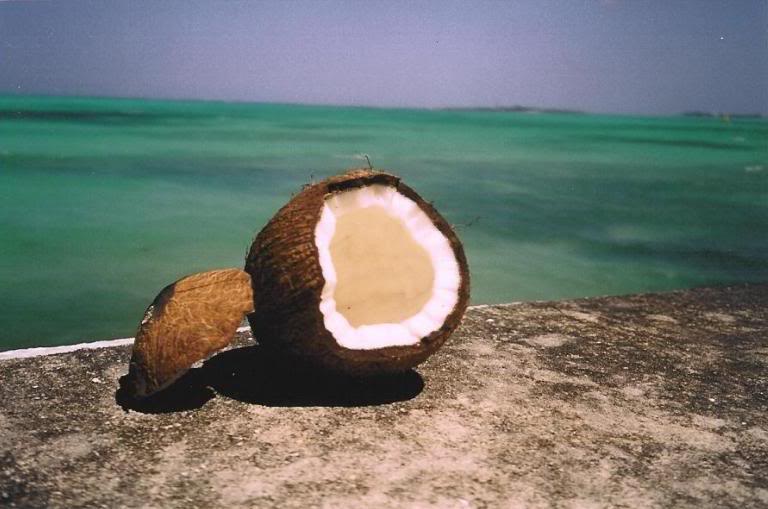
There is a story famous in Fijian media circles about the day the Fiji One cameraman refused to film a demonstration outside a government office. The cameraman said he could not possibly cover the demonstration because it was aimed at an official who was an adi (woman of chiefly rank). "I cannot
shoot the adi," he said. "It would be disrespectful."
Some journalists who heard the story were horrified by his behaviour and said that it was an example of censorship by the chiefly families. Others thought he had done exactly the right thing and that respect for tradition should take precedence over news gathering. What it illustrates perfectly is the continuing clash between the demands of traditional cultures and those of Western news gathering in developing countries.
Western concepts of press freedom cannot be transferred automatically to the Pacific, and in certain circumstances they would be inappropriate.
However, I would argue that what is slowly developing in the Pacific is a bipolar approach to press freedom, where development issues are incorporated into the mainstream media and where stories which do not appear in the mainstream, Western-style media, are not suppressed but passed along by those traditional forms of communication sometimes called the "coconut wireless".
Cass, Philip (1999). Tuning into the coconut wireless. British Journalism Review, 10: 55-59. Full text available @ http://bjr.sagepub.com doi:10.1177/095647489901000406


